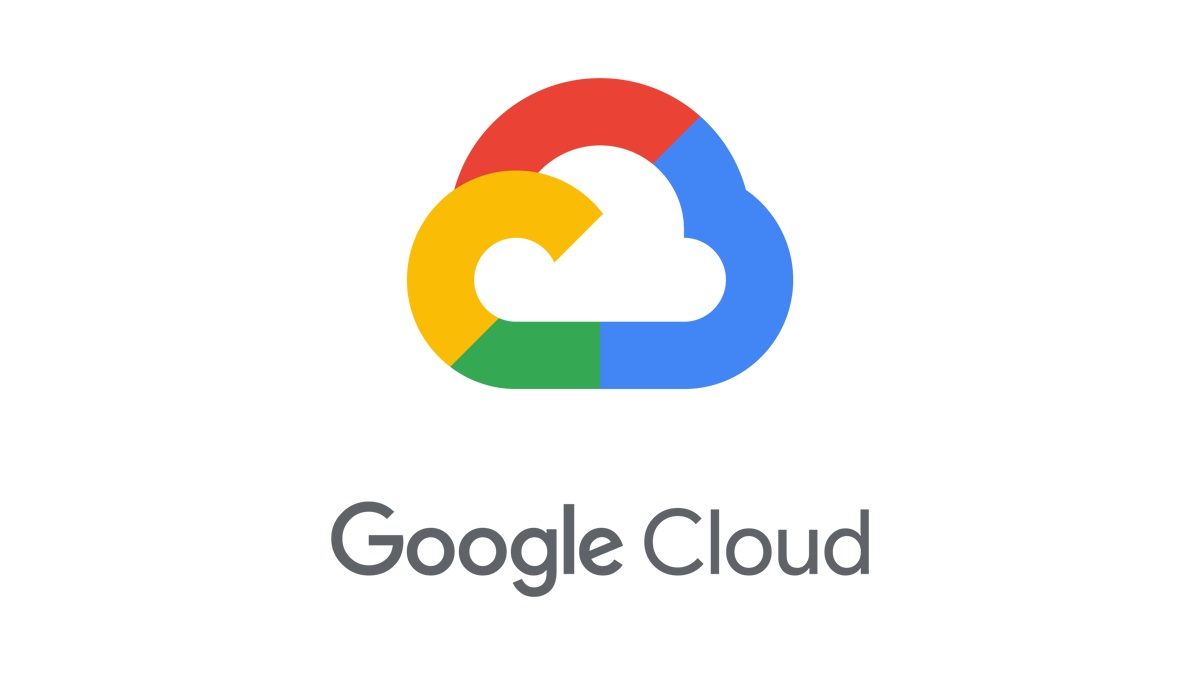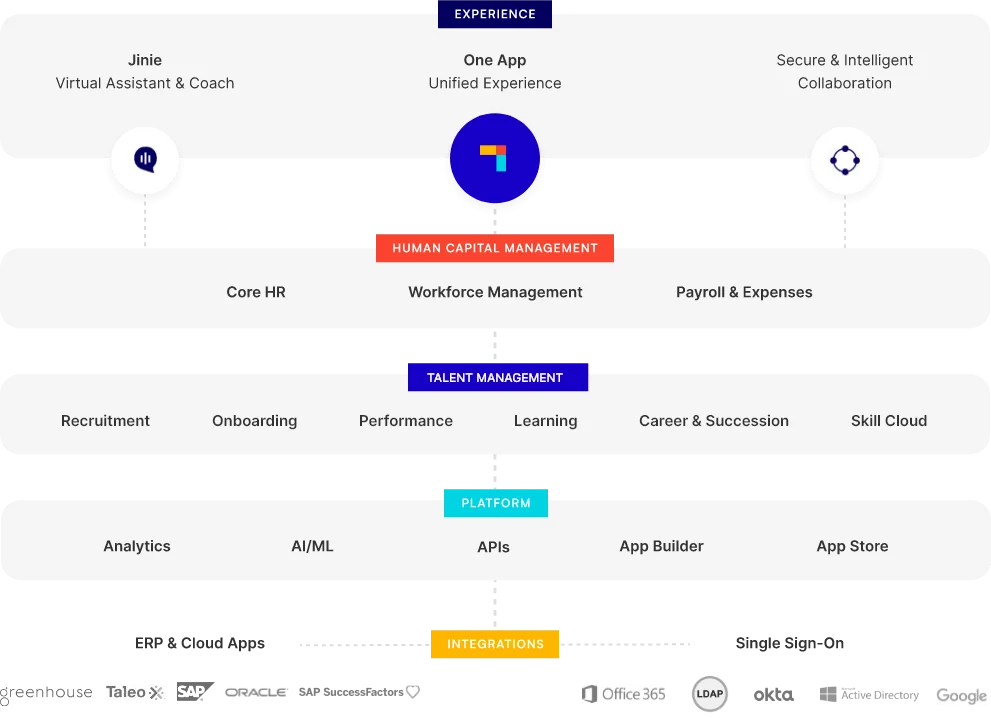With COViD-19 throwing employees to all corners of the country, businesses are trying hard to stay connected, adapt new systems and processes & still grow. People agenda has suddenly become the most critical link to survive in this new world, and the role of HR has already (maybe forever) changed.
Research has indicated that 73% of all workers are depending on their employer for support in preparing for the future of work (*Harvard Business Review). CHROs are in the hot seat now as Peoplecare is now a boardroom agenda & I believe it will remain that way for time to come.
Here are some trends that will be central to Peoplecare this year!
1. Artificial Intelligence & Machine Learning will (finally) take the center stage
We have been hearing about this for a while now – but 2021 promises to see a lot of proliferation of ML and AI components into technology.
The use cases are numerous – and some of the existing ones are represented in the image. The exciting ones are the ones that are coming. Some of them include:
• A 24/7 knowledge repository that provides everything you need to sell better, service better or do your job better!
• The AI helps you access latest offers, rate cards, incentives, policies and much more in just few taps.
• AI’s capable of News Updates, stock Market Updates, recommend nearby places such as ATMs, Hospitals based on queries you ask.
• AI provides access to all policies and helps raise escalations, anytime and anywhere while they answer every incoming FAQs .
Hyundai, the car manufacturer uses Jinie, PeopleStrong’s AI Chatbot to automate employee helpdesk for its 10,000+ blue & white collared workforce.
2. Integrated talent management becomes key
When CXOs and leaders are presented with the question “What is the biggest risk facing their organization over the next 3 years?”. They identify talent risk as the main threat, a vital category that encompasses recruitment, retention and overall wellbeing of an employee. Leaders are tasked with balancing people management, team and departmental tasks as well as their very own list of deliverables. It’s a tough job, but technology has been stepping in to make the duty a bit more efficient.
Talent OS are systems built to help teams accomplish more and with unprecedented clarity for leaders and employees. With the help of AI powered skill clouds and neural networks of industry-wise Job Roles mapped with Competencies & Skills, business leaders can benefit predictive talent analytics while helping managers create a culture of high performance.
Talent Operating System is one place to house all the cascading pieces of an organization’s talent strategy. The sole purpose is to take a company’s entire talent acquisition and management strategy to a whole new level, ultimately increasing employee satisfaction and the business’ clarity of vision.
3. Outcome driven productivity
Gallup study reported employee engagement is at an all-time high, but about 53% of employees still fall in the “not engaged” category. Leaders are now looking for innovative ways to captivate them because the traditional performance models will not be
able to sustain post-pandemic performance requirements of organizations anymore.
Need for better goal articulation
Organizations need to desperately bounce back to normalcy, and this can only be achieved if the entire workforce is aligned and synced to the organization’s business and strategic objective. Thus, most leaders now are adopting the OKR methodologies to drive an outcome-based environment which runs in sync to the company’s goals.
Need for flexibility & agility
Unlike traditional long-term strategic planning, OKRs prefer shorter goal cycles, which allow teams to adjust and adapt to change, reducing risks and waste. Strategic OKRs are usually set for 1 year, and tactical OKRs for a quarter, depending on the company’s needs. At the end of each cycle, everyone analyzes the results and re-adjusts their strategic OKRs.
Need for transparency and accountability
By allowing your team to decide on their individual OKRs, companies will see increased engagement and personal responsibility due to the sense of ownership and purpose.
Bottom-up goal setting allows companies to leverage their frontline expertise of the problems to make improvements. Since top management knows only about 4% of the frontline problems. Such methodology helps melt this iceberg of ignorance.
4. Virtual Experiences will become stronger
The global AR and VR market is expected to grow to $209.2 billion by 2022 and this is evident from the fact that 14 million AR and VR devices were sold in 2019. With the rise of virtual and augmented reality, technologies are being given a new opportunity to bridge those communication gaps, even further, through direct experience. Due to the limitations caused by the ongoing pandemic throughout the world, the VR technology is used by HR to simulate actual scenarios for employees and prepare them for real-world situations.
Virtual Reality in recruitment:
According to PwC, more than 23 Million jobs will be using AR and VR in one way or another by 2030.
This is because VR technology can improve the onboarding experience for new employees remarkably. Especially in the current environment where employees are dispersed over many locations and are travelling is constricted due to the different lockdown laws. VR technology will be a powerful and cost-effective tool that will positively help HR function to increase employee retention and productivity.
German railway company Deutsche Bahn began using VR four years ago to attract new staff. Potential hires were given a VR headset and within a matter of seconds, they experienced a job in a very real-life atmosphere and since 2017., fast-food chain KFC has been using a VR game to teach staff how to cook fried chicken.
Training and Development:
AR/ VR-based applications can greatly revolutionize training and development. They can take employee training to a completely new level, where traditional methods of learning have become insufficient to make an impact. Through specific spatial design, AR/VR-based applications can create a simulated environment of the real world and avoid any untoward incident during safety training. On the other side, a mobile platform can present the content in 3D format and make it more interesting to learn.
For example; fast-food chain KFC has been using a VR game to teach staff how to cook fried chicken, while companies like SweetRush are partnering up with companies like Hilton to develop VR experience to give office staff a taste of the reality of running a hotel, from the front desk to housekeeping.
5. Security and agility will become all important for HR Tech
In today’s volatile and competitive world, where disruptive innovation and a high-speed approach to market are prerequisites, businesses need to be secure, deft, and proactive. Amidst all this, HR cannot be risked being a hurdle for an agile environment. Loss of sensitive data like payroll information, Aadhar no, PAN no and notes from internal investigations or employee assessments has implications far beyond the HR department.
As more information is stored online in a centralized location, data breaches become potentially more severe, affecting millions of customers or employees at one time. CIOs of organizations need to proactively spend extended efforts and install the state-of-the-art security elements present in the market to ward off potential hackers.
Our Key certifications and assessments
Thus, when HR systems are breached, it goes beyond the personal data stolen, because HR is central to so many processes across the organization. Hence HR needs to upgrade, remain aware and evolve and respond to the needs of the organization swiftly as well.
Given the ratio of HR to employees, it’s challenging for HR professionals to personally engage with every individual in the organization; hence, the need for equipping the people managers to do the same. Thus, HR must nurture people managers that boost their employee morale, address employee grievances, identify their learning and growth requirements. This augments collaboration & brings in the required velocity by swift action on critical people’s needs.
By the time HR collects feedback, analyzes it, and makes an action plan, the problem seems to have changed. Hence the need for a continuous feedback mechanism is indispensable. There is a need to have dynamic people policies and interventions, to adapt to the changing needs of employees & market conditions, more than ever.
2021 isn’t as terrifying as we think
2020 was a year of drastic, unparalleled change. As we move further into 2021, a new landscape will emerge, one marked by lessons learned from the pandemic and new or renewed dedication to areas such as the employee experience, virtual work, outcome focused and efficient talent management using AI. Team design and evolution, as well as skill development, will heavily influence organizations’ ability to execute and succeed.
The move to digital will become even more marked as companies seek to transform in the face of new challenges, leveraging data to enhance practices, deliver value and create alignment. HR will also help drive success through guidance and by taking an outside/in approach.
And finally, in the wake of so many life-altering changes and the presence of a murky future, where companies land on today’s unique issues will define them for better or worse.
This is an exciting time to be in HR and if challenge, innovation, change, and personal growth are of interest to you, then stick around to watch the world change.






















